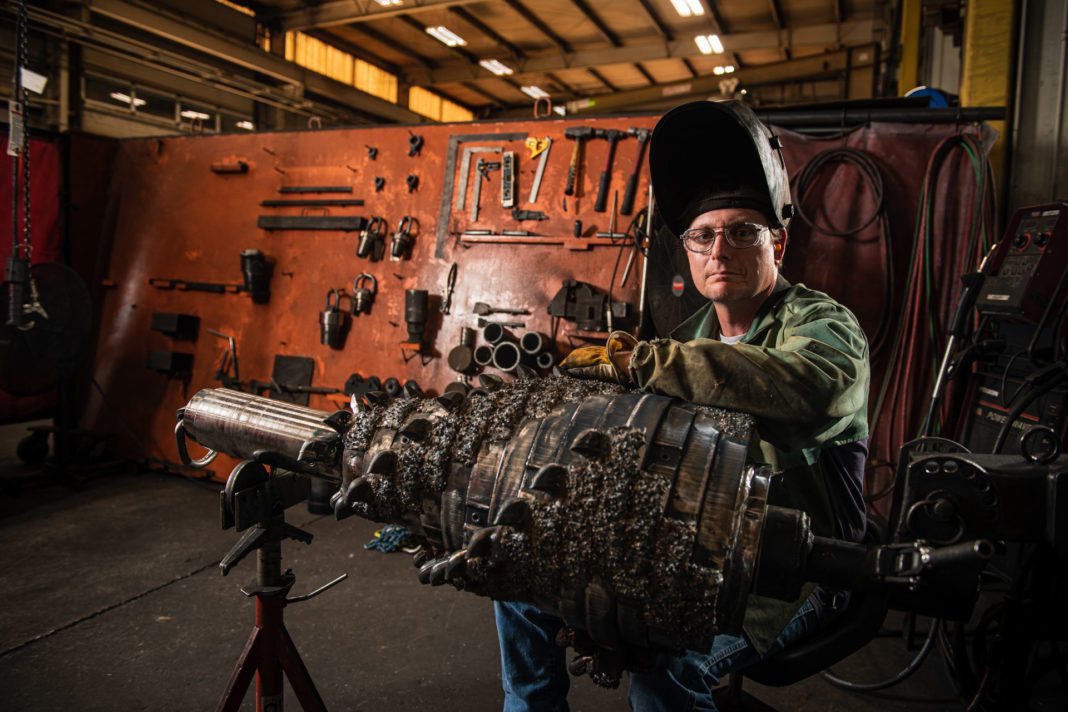On display at the Oklahoma History Museum is the restored first-production model of the compact service trenching machine. It was designed and developed in the 1940s by Ed Malzahn in a family blacksmith shop in Perry, Oklahoma.
The trenching machine, which revolutionized the industry worldwide, assists in the construction process of installing underground essential utilities in the gas, water and electric realms. Prior to the trench machine, all underground work was done by hand tools such as pickaxes and shovels.
Malzahn, who was an engineering graduate from Oklahoma A&M, named the company Ditch Witch.
Since that first trenching machine was made, myriad other devices have been designed and developed at the original manufacturing facility, built in 1950 on 160 acres in Malzahn’s hometown of Perry. The plant’s machines are now distributed around the world.
General manager Kevin Smith, who has been with the company for more than 25 years, has seen numerous changes over years. The stand-outs include growth in the market and the development of new products – all which focus on the underground environment. The focus then, as well as today? To help those in the construction industry perform their jobs more efficiently.
“We are always looking for ways to do that,” says Smith.
Starting his career on the shop floor, Smith has worked in most every department. In 2020, he became general manager. In 2019, Ditch Witch, which is a leading subsidiary of Charles Machine Works, was acquired by the Toro Company headquartered in Minnesota. Ditch Witch is part of the construction group under the Toro Company brand.
“We offer six major product category groups,” says Smith.
Some of the innovations include creating above-ground electronic equipment to locate utilities housed underground, and establishing an industry-wide 811 call system for contractors and builders. They then can rely on the company to locate underground utilities prior to construction.
Additional inventions include vacuum excavators and multi-directional drill equipment. Right now, the new growth of products is in telecommunications. The first compact trenching machine was made to solve a problem. Even though Malzahn died in 2015, his leadership, innovations and philosophy “instilled virtues that still hold true today,” says Smith.

A Family Legacy
Ed and his wife Mary, who died in 2011, were known to be humble about their philanthropy, achievements and awards. Ed’s awards include induction into the Oklahoma Inventors Hall of Fame and the Construction Equipment Hall of Fame. He was also named Inventor of the Year by the Oklahoma Bar Association: Patent, Trademark and Copyright Section.
The Malzahn family, who arrived in the United States from Germany in the 1900s, made deep Oklahoma roots which are shared by generations of families that have worked and continue to work within the organization. One example is Smith’s father, who was a part of the company and has since retired. Several of the founder’s family – including grand daughter Tiffany Sewell-Howard serving on the board of directors – are part of the Malzahn legacy.
“Ed was a pioneer at heart,” Smith says. “He installed the pioneering spirit in us.”
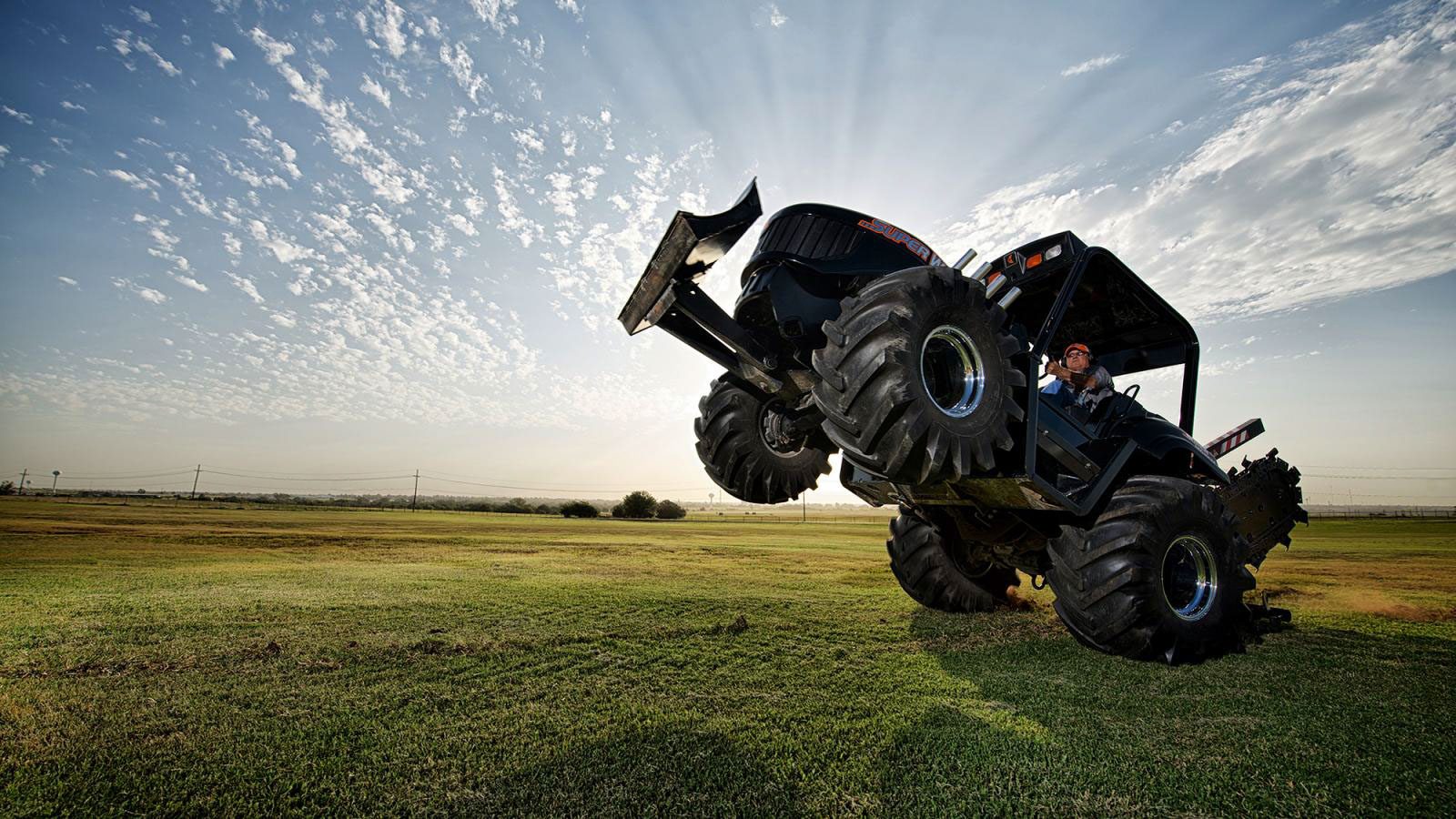

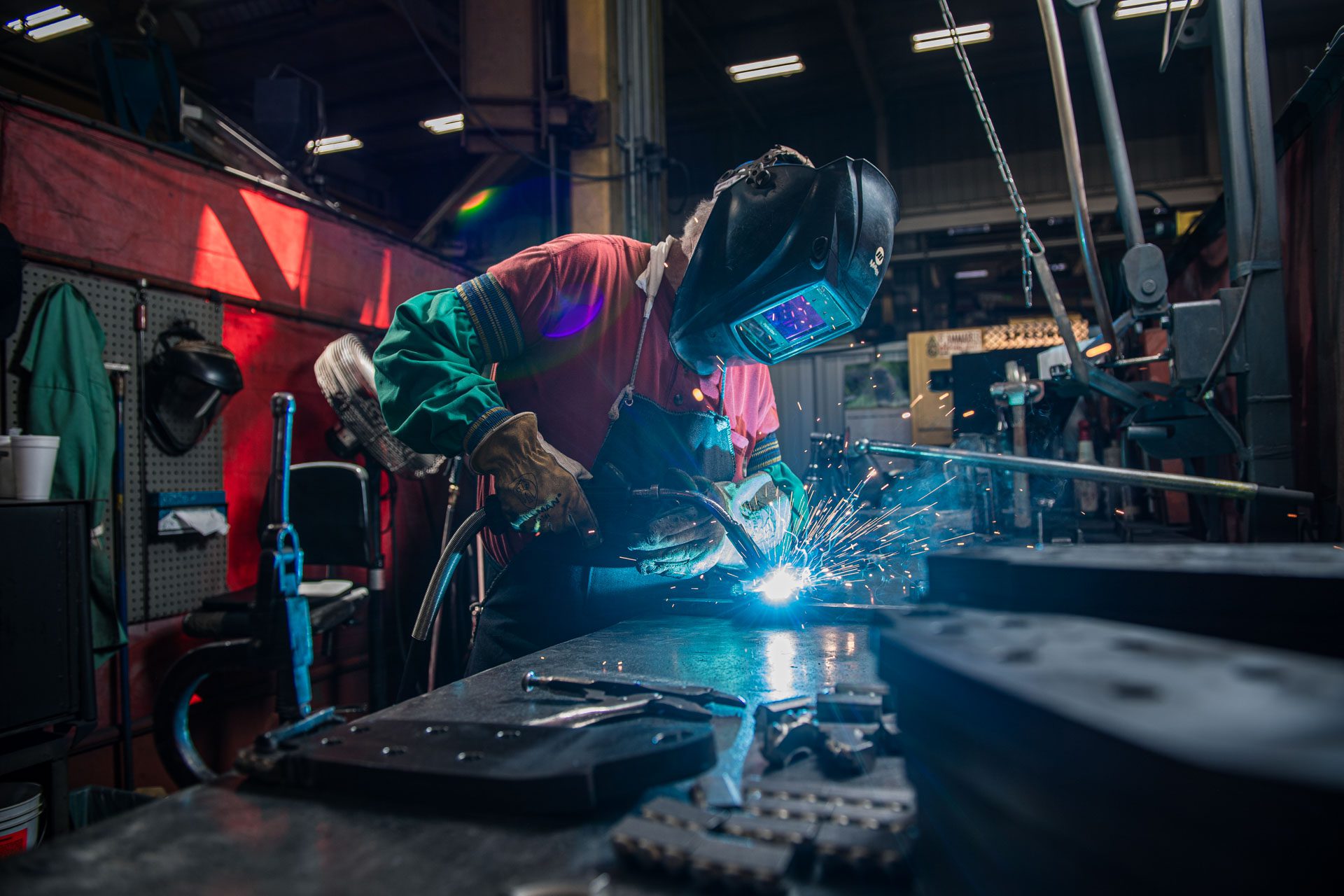
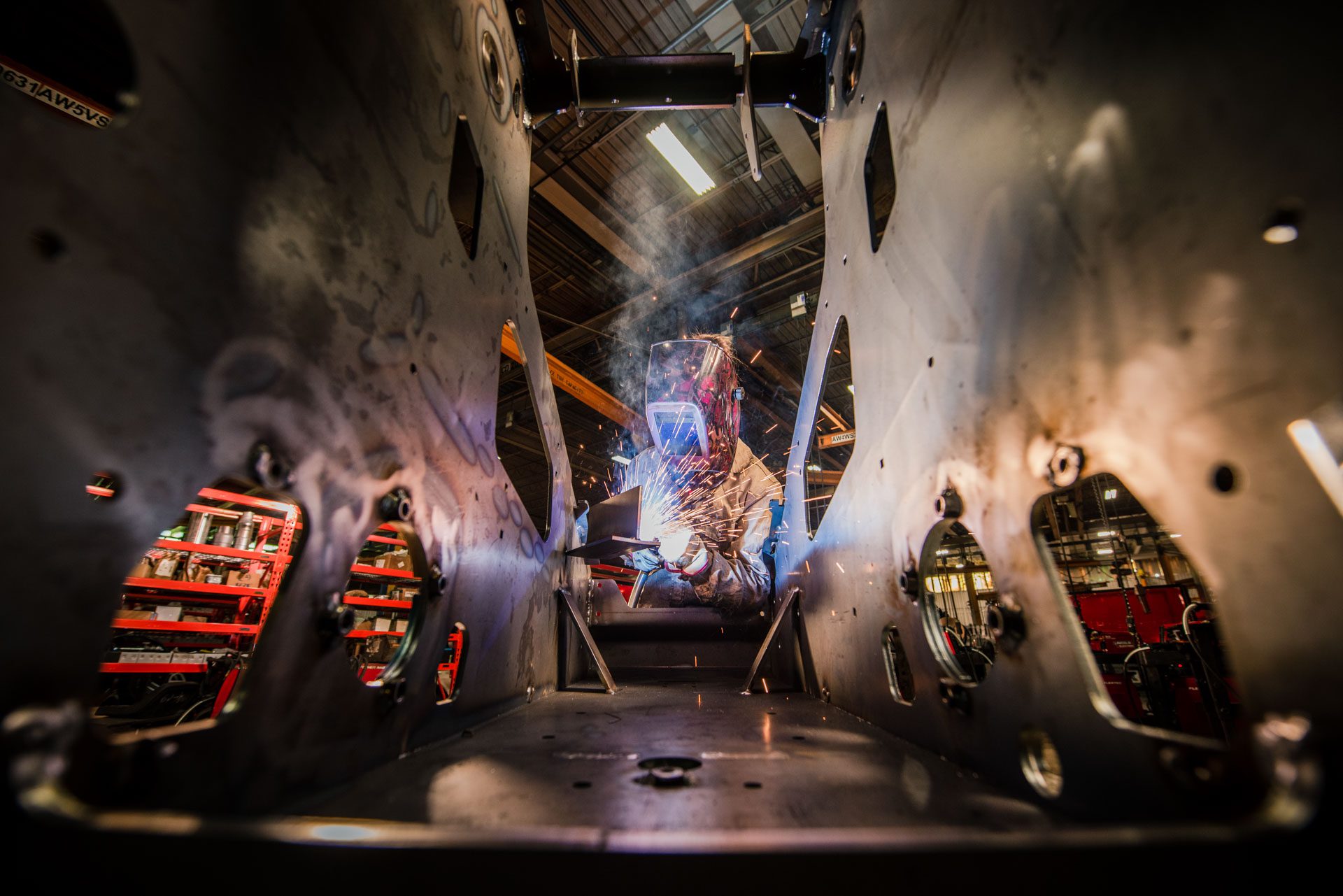
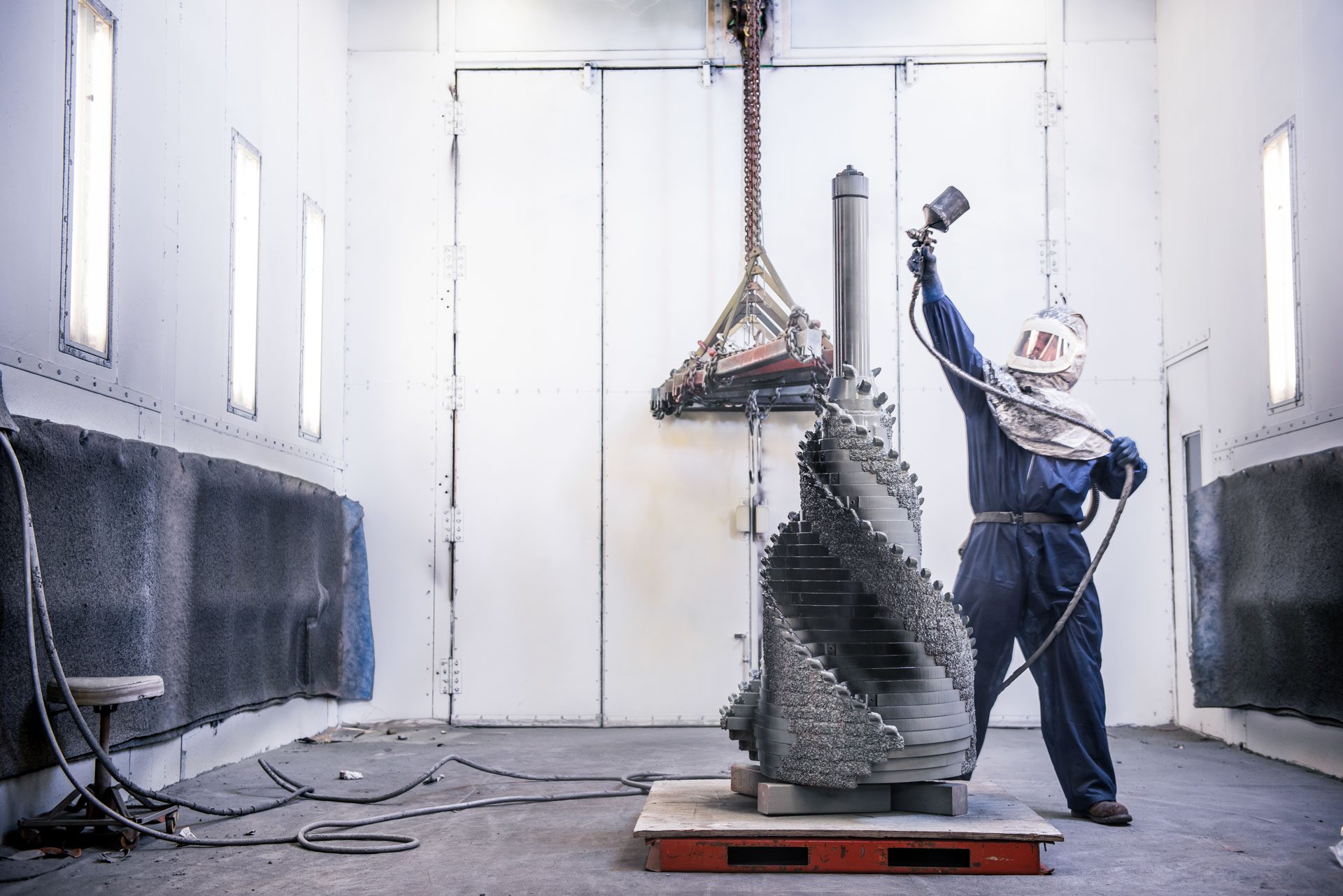
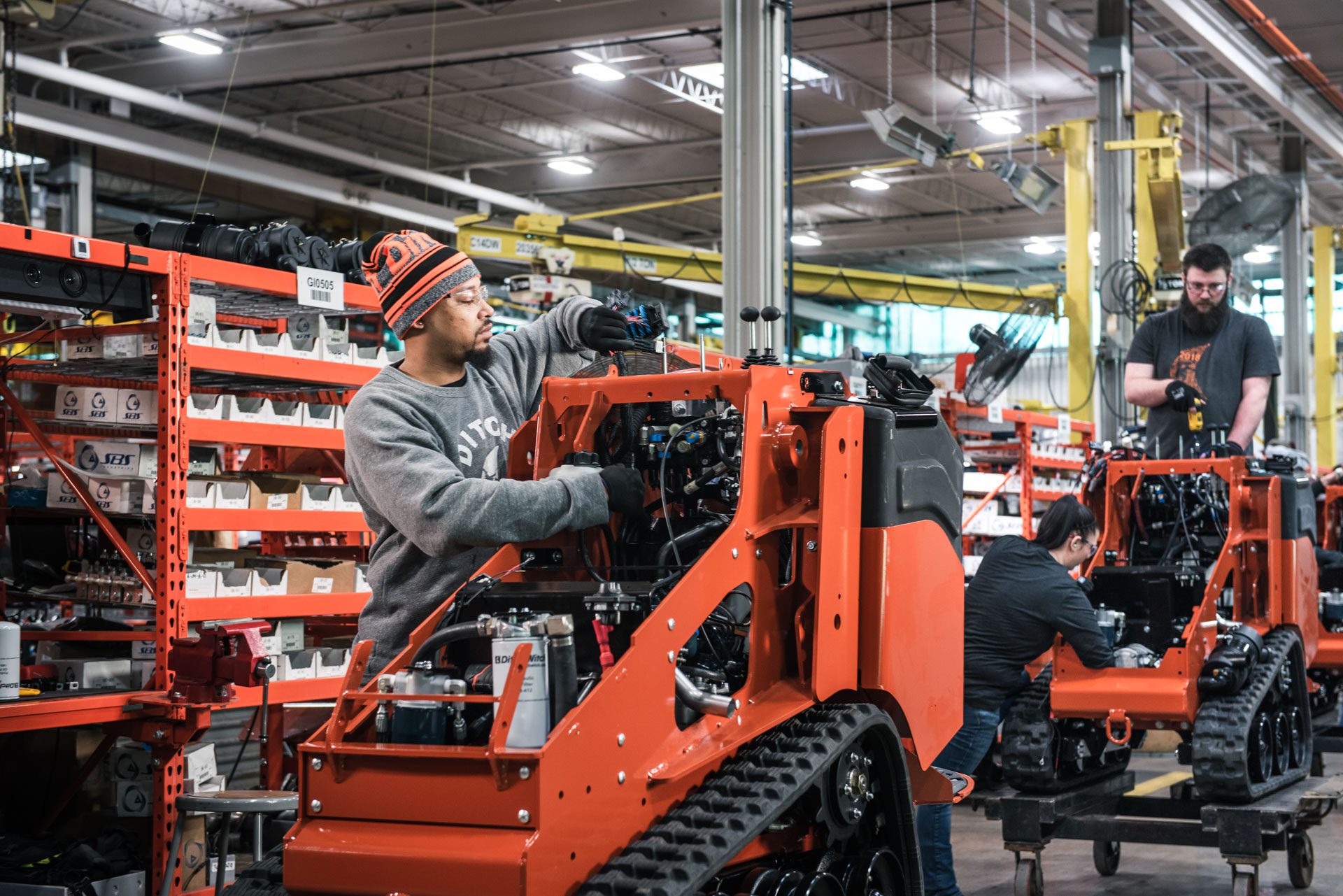
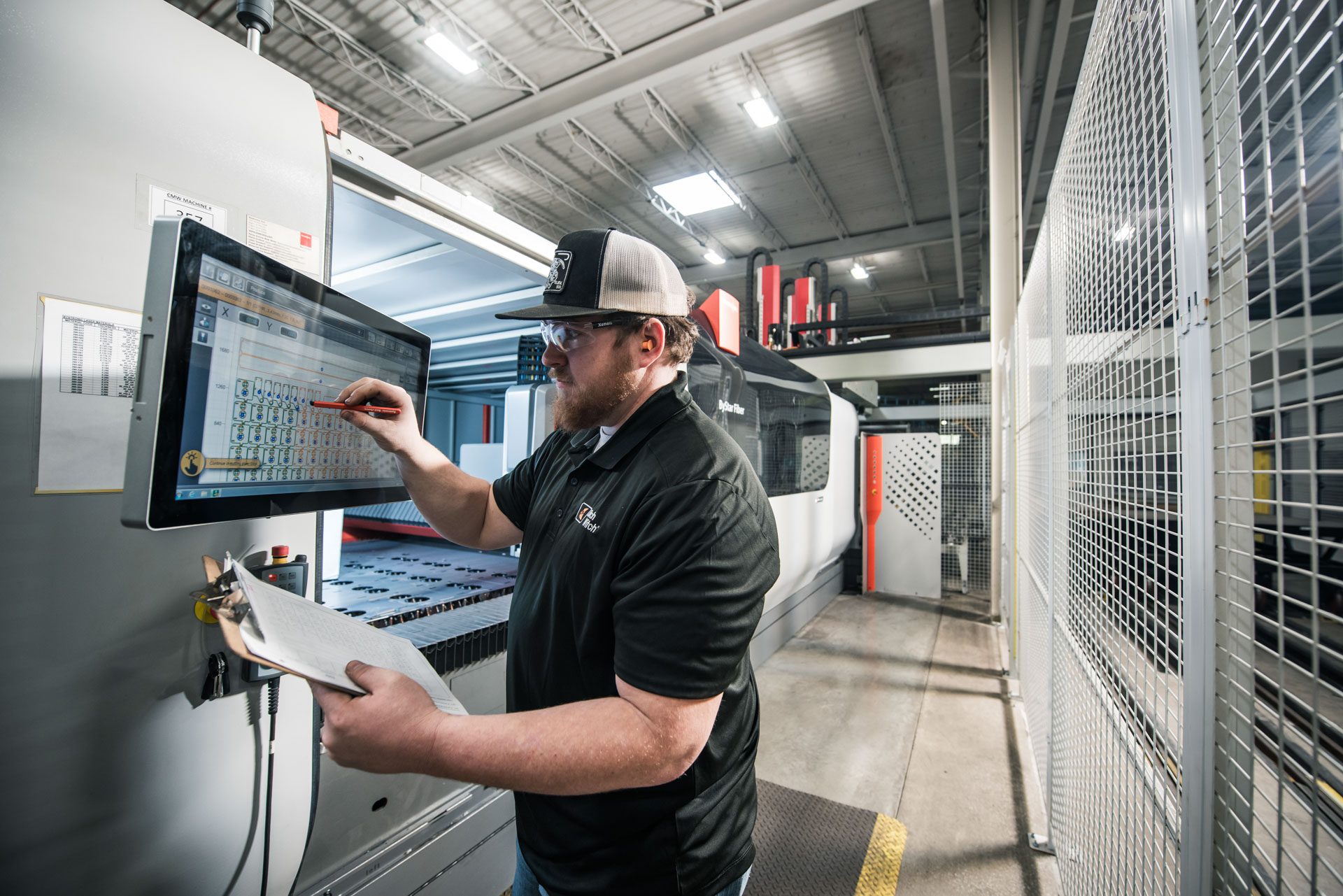
Photos courtesy Ditch Witch






















